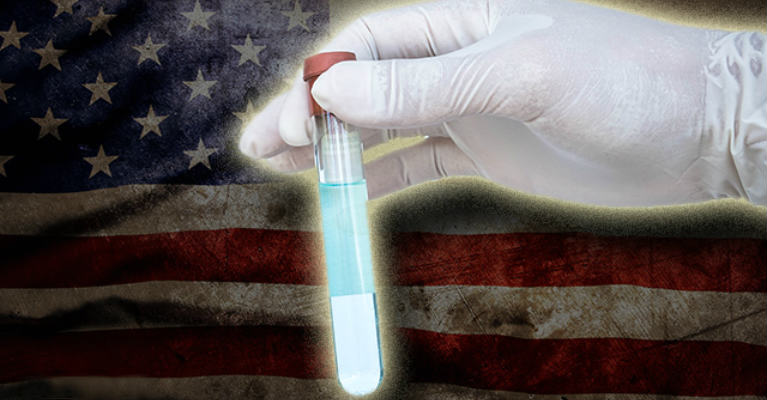While Flint, Michigan, is still dealing with the crisis of contaminated water, communities in 3 different Northeast states are as well facing a similar contamination crisis.
It’s about the toxic chemical perfluorooctanoic acid (PFOA, or C8) found in widespread water supplies.

Perfluorooctanoic acid is one of the main components in nonstick cookware, and moreover it’s used in wax paper coatings, plastics, and fabrics which are stain-resistant .
This toxin builds up and remains in the human’s body.
Many studies have related perfluorooctanoic acid to cancer and problems with children’s immune system.
NPR reports the saying of Philippe Grandjean, Harvard environmental health researcher, that this toxic chemical remains in our body for many years, and interacts with various processes that happen in our body.
Stop Drinking the Water
Michael Hickey is the man who started this story back in 2013.
After his father died from renal cancer, he started to wonder if the reason for that might be connected to his job at perfluorooctanoic acid factory based in Hoosick Falls, NY.
Since Michael was concerned about the proximity of the plant to the village wells, he financed testing of the well water.
The results showed that the levels of perfluorooctanoic acid in the well water were above the safe threshold of EPA (Environmental Protection Agency) of 400 parts per trillion.
Further tests near the plant showed 18,000 parts per trillion, which is 45 times the limit considered as safe.
Environmental Protection Agency reported that residents should stop consuming local well water, which included cooking with it as well, in November 2015.
High levels of perfluorooctanoic acid were discovered in private wells close to former factories for plastics, right across the border in North Bennington, Vermont.
According to the state Department of Health, the safe level is 20 parts per trillion, and the soil around the tested local homes showed higher level than that.
Recently, high levels of perfluorooctanoic acid were as well discovered in New Hampshire’s communities.
Every Single State
Unluckily, this is not just a problem of these 3 Northeastern states.
In the past couple of years, manufacturers of perfluorooctanoic acid, including 3M and DuPont, were sued for water contamination in West Virginia, Ohio, and Alabama.
Pentagon is as well testing the water for perfluorooctanoic acid contamination used in firefighting foams in 664 separate military sites.
Grandjean reported that this problem is not just a local one, but one that concerns every state.
According to the Centers for Disease Control and Prevention, 98% of the people in U.S. has noticeable PFQA levels in their blood.
The governors of Vermont, New York, and New Hampshire have sent a letter to EPA in March, where they call the contamination with PFQA a national problem which needs science-based approach and federal guidelines.
Nevertheless, EPA has hardly tackled this issue. The allegedly “safe” threshold of the agency, which is 400 parts per trillion, has been argued as unscientific.
After the first passing of the standard, EPA was accused by the Environmental Working Group of providing communities with “false sense of security”.
Short term exposure to perfluorooctanoic acid in amounts of 500 parts per trillion are believed to have no effects on our health whatsoever, and the level was based precisely on this.
Richard Wiles, EWG President, sent an open letter to the administrator of Environmental Protection Agency, saying that short-term drinking water exposure doesn’t exist.
People consume tap water on a daily basis. Perfluorooctanoic acid remains in the environment for hundreds of years, including in the water supplies.
University of Pennsylvania conducted a study which showed that consuming tap water with 400 parts per trillion perfluorooctanoic acid quickly increased blood levels 10 times more than the “safe” threshold of EPA.
Moreover, since people are regularly exposed to perfluorooctanoic acid from other sources than tap water, the levels will most probably go even higher.
If you want to contribute in the testing of drinking water in America by citizen scientists, and thus take part in improving its quality and protecting the health of people U.S., visit EPAwatch.
Via Natural News | NPR
